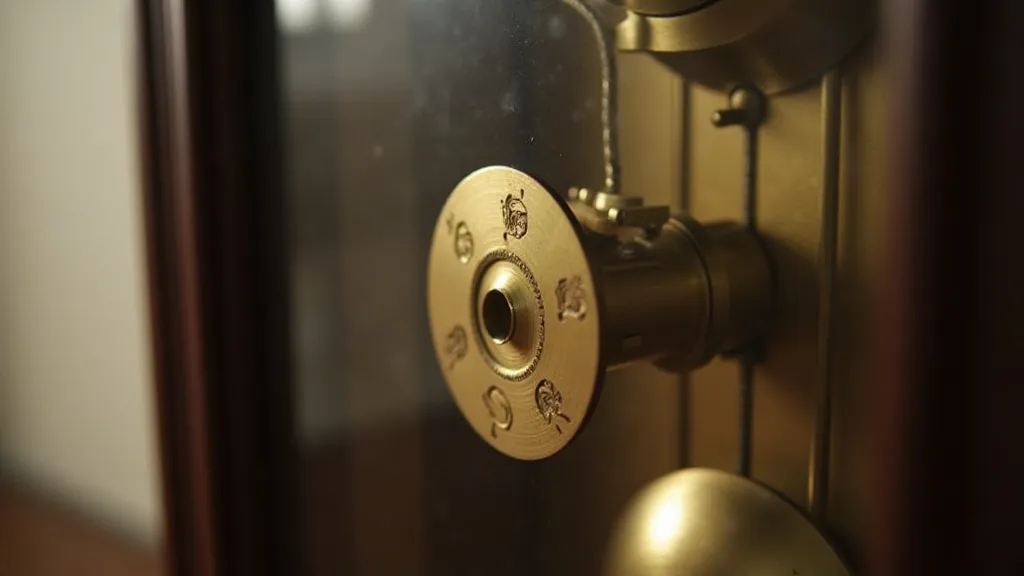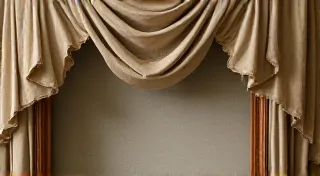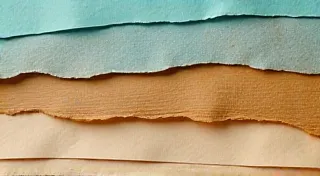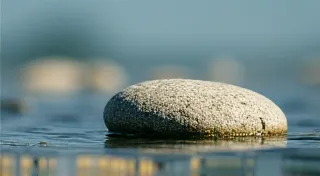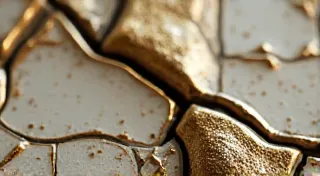The Pendulum's Whisper: Finding Rhythms in Clock Restoration
There's a particular magic to antique clocks. It's more than the beauty of the craftsmanship, the intricate carvings, or the rich patina of aged wood and brass. It’s a resonance, a connection to the hands that built it, the lives it marked, and the history it silently witnessed. I remember the first clock I ever restored – a small, walnut mantel clock from the late 1800s. It was almost silent, frozen in time, its face clouded with dust and neglect. Bringing it back to life felt less like a repair, and more like waking a slumbering spirit.
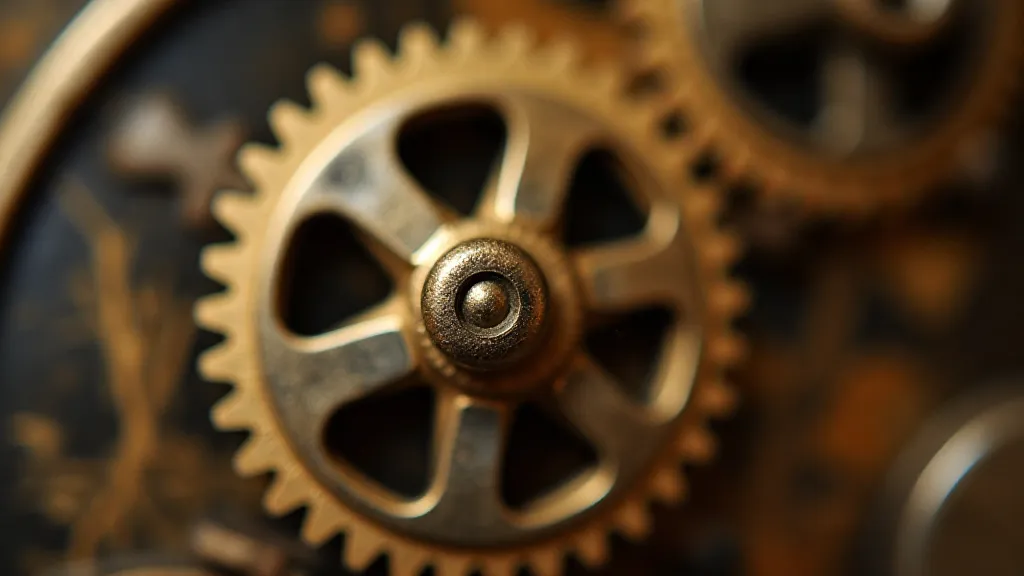
More Than Just Mechanics: A Legacy in Time
Antique clocks aren't just time-telling devices; they are tangible links to the past. Imagine the homes they graced, the families who gathered around them, the moments they silently measured. Many were cherished heirlooms, symbols of stability and tradition. The Victorian era, for example, saw a boom in clockmaking, with elaborate designs and a focus on ornate details. These weren't mass-produced items; each one represented countless hours of skilled labor, a testament to the dedication of the artisans. The names of some of these makers – Weight & Silliman, Gilbert & Kennedy, E. Ingraham – are whispered among clock collectors, their clocks representing peak periods of American clockmaking innovation and artistry. Understanding the subtle differences in escapements, the very heart of a clock’s mechanism, is a fascinating journey in itself, a deep dive into the ingenuity of past generations. For those just beginning to explore the world of clock mechanisms, further reading on The Quiet Language of Escapements can be incredibly helpful.
My grandfather, a retired watchmaker, instilled in me this appreciation. He’s the one who first showed me the delicate beauty of clockwork, the elegant dance of gears and springs. “Every part,” he’s always said, “has a purpose. And understanding that purpose is key to bringing it back.” He didn’t just teach me how to fix clocks; he taught me to respect them.
The Meditative Rhythm of Restoration
The process of clock restoration, surprisingly, is deeply meditative. It demands patience, precision, and a quiet focus. The ticking of the pendulum isn't just the sound of time passing; it’s a rhythm that grounds you, a gentle pulse guiding your work. There’s a flow to it – carefully disassembling the movement, identifying worn or broken parts, cleaning away decades of grime, and then painstakingly reassembling everything in its proper place. It’s a process that encourages mindfulness. The world outside fades away, leaving only you, the clock, and the quiet hum of history. Recognizing the subtleties in clock hands, the artistry woven into their design, can add another layer of appreciation for the overall piece. The influence of different cultures on clock design is often subtle, but incredibly fascinating; readers interested in this aspect of horology might find further insights with “A Tapestry of Time: The Influence of Different Cultures on Clock Design”.
I find that when I’m truly focused on a restoration, all the anxieties and worries of the day simply melt away. It’s as if the clock itself absorbs those negative energies, leaving me feeling calm and centered. There’s a profound satisfaction in taking something that's been silent and broken, and bringing it back to life, not just mechanically, but also symbolically.
A Collector’s Eye: More Than Just Value
Collecting antique clocks isn't just about acquiring valuable objects; it’s about curating a piece of history, building a connection to the past. While the monetary value of a clock is certainly a factor for many collectors, the true reward lies in the stories these clocks tell. Understanding the maker’s marks, researching the clock’s history, and appreciating the craftsmanship are all integral parts of the collecting experience. Often, a clock's value isn't just about its rarity, but also about its condition and the authenticity of its original components. For those venturing into the world of antique clock collecting, there’s a wealth of information available, including guides on The Collector’s Compass: Navigating the World of Antique Clock Values to help assess worth and provenance.
There’s a certain thrill in discovering a rare model, identifying an unusual feature, or tracing the clock’s journey through time. It’s like being a detective, piecing together fragments of the past. But even a common, mass-produced clock can hold a special charm. It might remind you of your grandmother's home, or transport you back to a simpler time. The beauty often lies in the details - the finish on the wood, the artistry of the dial, and even the shape and design of the hands themselves. Learning to appreciate these nuances can deepen your connection to the clock and the history it represents.
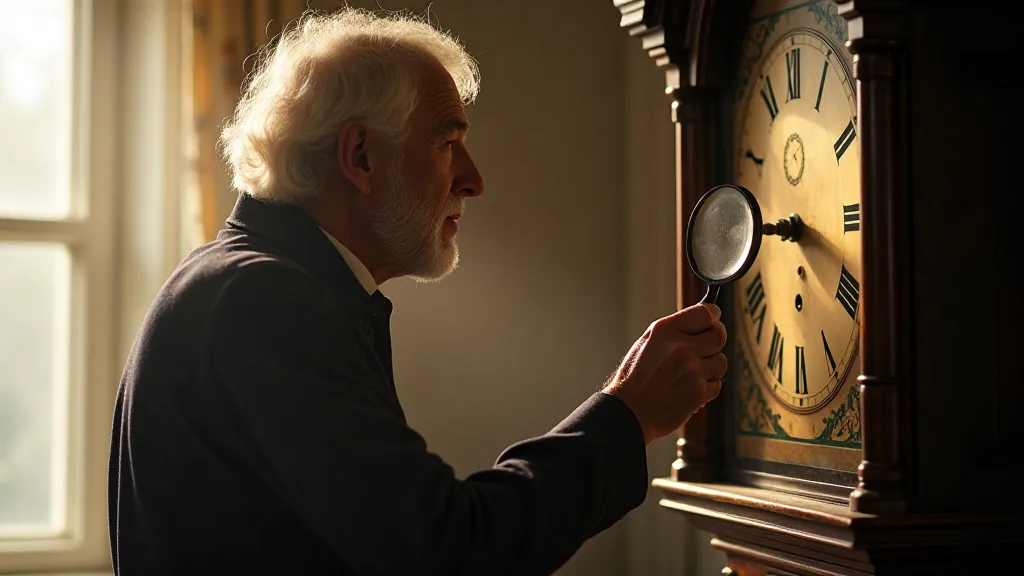
The Art of the Repair: A Delicate Touch
Clock repair isn’t merely about replacing broken parts. It’s about understanding the intricate interplay of every component, and preserving as much of the original mechanism as possible. Modern replacement parts are readily available, but replacing original components diminishes the clock's historical significance and authenticity. A true restoration aims to retain the original character and functionality of the clock. The knowledge required for successful restoration goes far beyond simple mechanics; it encompasses a deep understanding of materials, finishes, and historical techniques.
This often involves meticulous cleaning – removing rust, oil, and years of accumulated grime – without damaging delicate finishes. Lubrication is also crucial. Using the correct type of oil and applying it precisely can make a significant difference in the clock’s performance and longevity. I'm incredibly cautious with antique clocks; a single incorrect step can cause irreparable damage. There’s a deep sense of responsibility that comes with handling these pieces of history. Often, the value isn’t just about the clock itself, but also the knowledge and skill required to properly restore it, preserving its story for generations to come.
Beyond the Mechanical: The Artistry of Detail
Beyond the gears and springs, the true beauty of antique clocks lies in the artistic details. The elaborate carvings on a grandfather clock case, the hand-painted scene on a Vienna regulator dial, the elegant scrollwork on a mantel clock’s pendulum – these are all testaments to the skill and artistry of the craftsmen who created them. These details provide a glimpse into the aesthetics and values of the era in which the clock was made. Understanding these artistic elements elevates the collecting experience from mere acquisition to a deep appreciation of cultural heritage.
Furthermore, many clockmakers were not just skilled mechanics, but also talented artists. They often incorporated personalized details into their work, such as family crests or initials, making each clock a unique and cherished heirloom. These personalized touches are often overlooked, but they are vital clues to the clock’s history and provenance. Tracing the origin of these details can be a fascinating and rewarding experience for collectors and enthusiasts alike.
Preserving the Past, One Tick at a Time
The appreciation for antique clocks is growing, and with it, the desire to preserve these treasures for future generations. Restoration is a form of conservation, ensuring that these pieces of history continue to tick, to chime, and to remind us of the craftsmanship and artistry of the past. It’s a quiet, often solitary pursuit, but one that brings a deep sense of purpose and fulfillment. Sometimes, it isn't just about fixing a mechanical issue; it's about breathing new life into a silent witness of history, ensuring that its story continues to be told.
The pendulum's whisper isn’t just the sound of time passing; it's a call to connect with the past, to appreciate the beauty of handcrafted objects, and to find a sense of peace in the rhythm of restoration. Each tick, a reminder of the stories held within, and the enduring legacy of those who built them. And for those wishing to explore further the intricacies of clock values, additional resources can be found via The Collector’s Compass: Navigating the World of Antique Clock Values.
